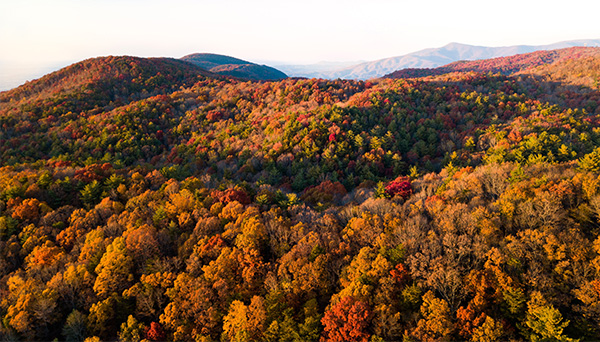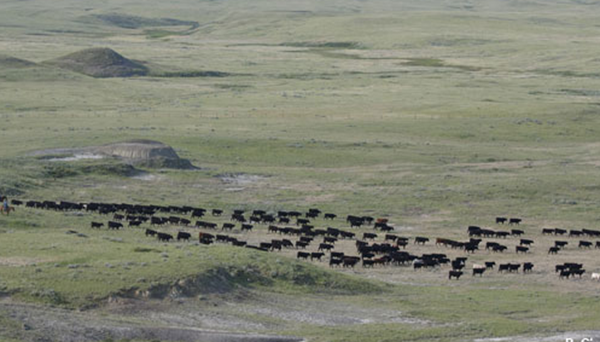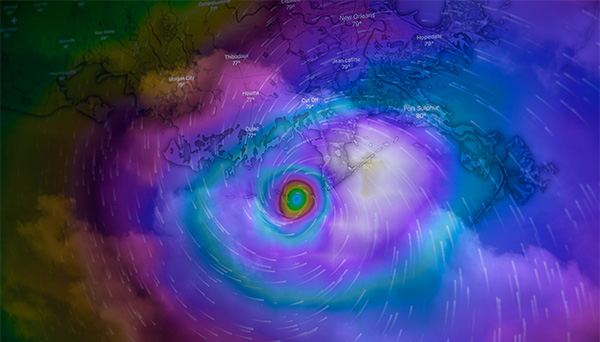Ecosystem Carbon Sources and Storage: Information to Quantify and Manage for Greenhouse Gas Emissions Reductions
Status: Completed
Operational Plan: 2011-2012
Take a trip across North America and you will see landscapes change as you travel, from urban areas to cropland, deserts to forests. These landscapes encompass the ecosystems that cover the surface of the Earth. They also play an important role in how our planet transforms, absorbs and stores carbon, the chemical basis for all life. But carbon is also released to the atmosphere as a consequence of human activity, becoming a component of greenhouse gases that contribute to climate change. Reducing emissions of these gases is a key goal of the three North American countries in order to reduce the impacts of climate change while transitioning to low-carbon economies.
One way to manage greenhouse gas emissions is to maintain or increase natural carbon storage in our ecosystems by preventing drastic changes in land cover, such as large-scale deforestation. Another is to increase the forested area through plantations or sustainable management of forests. Since the beginning of the 20th century, deforestation has contributed one-third of total greenhouse gas emissions globally. In Mexico alone, deforestation and forest degradation accounts for 10 percent of greenhouse gas emissions annually. One way to address this is to manage forests in a more sustainable way. Mexico’s improvements in forest management are already reducing its forest-related greenhouse gas emissions by more than 10 million tons per year.
Understanding how carbon storage varies across a landscape and how much change there has been in land cover and land use over time helps scientists and policy makers develop effective, science based initiatives to reduce greenhouse gas emissions. Because North America’s landscapes span national boundaries, international cooperation to ensure consistent reporting on carbon sources and storage is crucial. This project will bring together experts who map land cover and land cover change to solidify a North American approach to measure and track those changes over time. The project will use satellite images to develop spatially and temporally consistent information for assessing land cover and land cover change. It will also bring together experts to help report on the amount of carbon stored in ecosystems, and changes associated with that, using publicly available maps and data.
Accomplishments
The CEC has already supported the North American Land Cover Monitoring System to complete a land cover (2005) map for North America and develop a methodology to detect changes in land cover. It has also supported the development of the North American Environmental Atlas, an interactive mapping tool to research, analyze and manage environmental issues across North America. The Atlas will house all land cover data and maps.

Related Work

Improving Comparability of Emissions Data, Methodologies and Inventories in North America
Operational Plan 2011-2012

North American Grasslands: Management Initiatives and Partnerships to Enhance Ecosystem and Community Resilience
Operational Plan 2011 - 2012

North American On-line, Interactive Informational Platform on Climate Change
Operational Plan 2011-2012